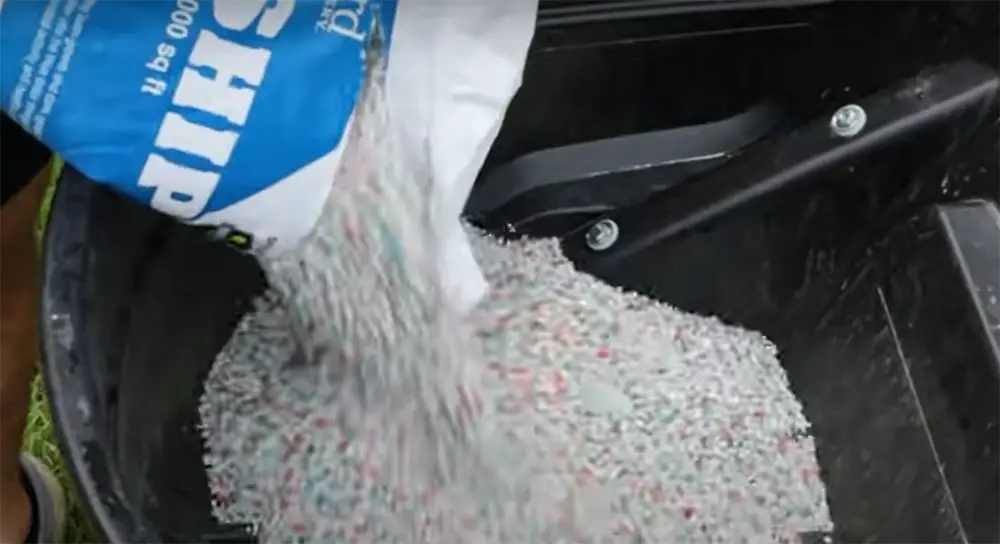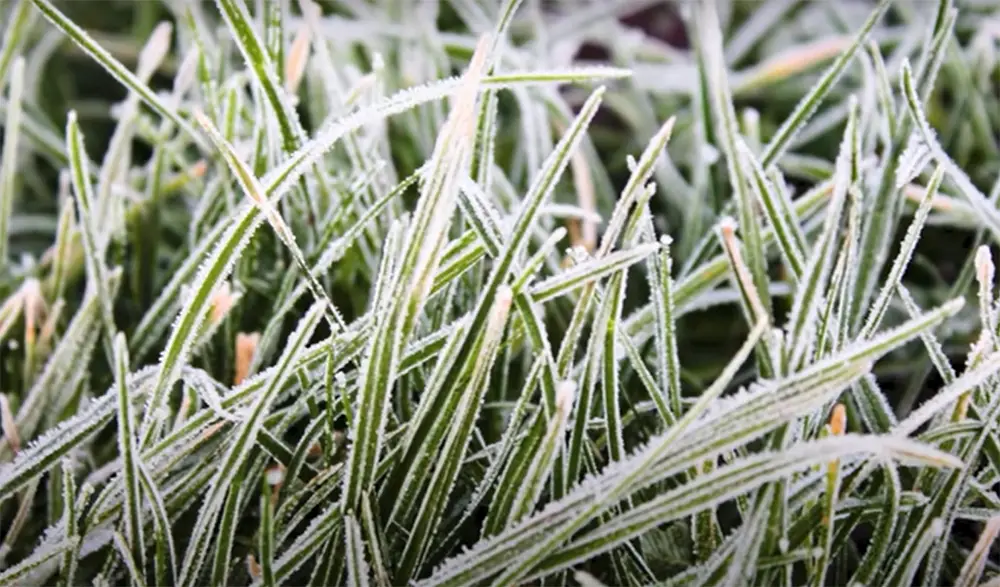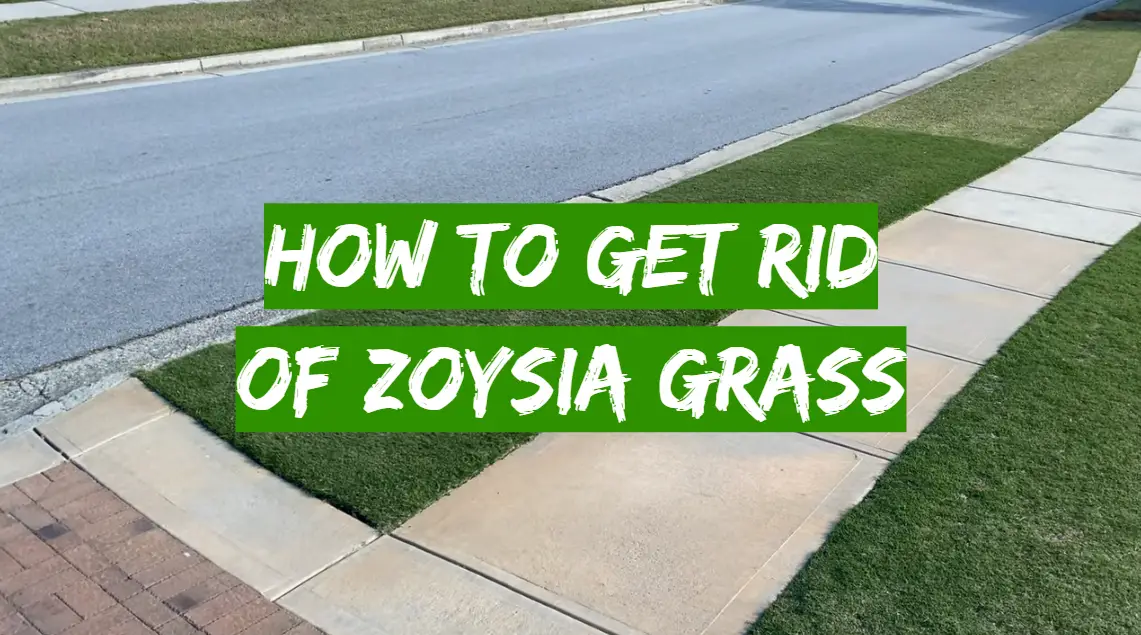Table of Contents
When to Fertilize Lawn in Indiana? Everything You Need to Know
Spring has sprung and with it comes the age-old question: when is the best time to fertilize my lawn in Indiana? The answer, of course, depends on a variety of factors, including your region’s climate and the type of grass you have. This comprehensive article will discuss everything you need to know about fertilizing your lawn in Indiana, including when to start and what types of fertilizer to use. So read on for all the information you need to make your lawn look green and healthy all year long!
How to maintain your lawn correctly?
The first thing you need to do is get a soil test done. This will determine what, if any, amendments your lawn needs. Once you’ve corrected your soil, it’s time to start mowing and fertilizing according to the following schedule:
- Mowing – Mow your lawn when it reaches about three inches in height. Be sure to use a sharp blade to avoid damaging the grass.
- Fertilizing – Fertilize your lawn four times per year: once in early spring, once in late spring, once in early summer, and once in late summer. Be sure to use a fertilizer that is appropriate for your grass type.
- Watering – Water your lawn deeply and less frequently. Watering deeply encourages deep root growth, which is important for a healthy lawn [1].

Why should you fertilize your lawns?
There are two main reasons to fertilize your lawn: to provide nutrients for the grass and to promote growth. Grass needs nitrogen, phosphorus, and potassium to grow properly. These nutrients are found in fertilizer. Fertilizer also contains other essential nutrients that help the grass stay green and healthy.
Applying fertilizer to your lawn will give it the nutrients it needs to grow thick and green. A thick, green lawn is more resistant to pests and disease. It will also stay cooler in the summer and retain moisture better in the winter [2].
Seasonal Lawn Fertilizing
Spring
The best time to start fertilizing your lawn is in the spring. This is when the grass starts to grow again after a long winter. You should start by applying a slow-release fertilizer. This type of fertilizer will release nutrients slowly over time, so your grass can get the food it needs without being overloaded.
After you have applied the slow-release fertilizer, you should continue to fertilize your lawn every six weeks or so. This will help ensure that your grass stays healthy and green all summer long.

In addition to fertilizing, you should also make sure that you are mowing your lawn regularly. Mowing helps stimulate growth and keeps the grass looking neat and tidy. It is important to mow often enough that you are not removing more than one-third of the grass blades.
Summer
During the summer months, you should continue to fertilize your lawn every six weeks. You may also need to water more often during this time of year. If you live in an area that gets a lot of rain, you may not need to water as often. However, if you live in a dry climate, you will likely need to water your lawn two or three times per week.
Fall
As the weather starts to cool down in the fall, you should start to cut back on your fertilizing. You should only fertilize every eight weeks or so during this time of year.
You should also continue to mow your lawn regularly. However, you may want to raise the blade of your mower a bit higher than you did during the summer. This will help prevent the grass from being damaged by frost in the winter.
Those are the basics of lawn care in Indiana! By following these simple tips, you can have a healthy and green lawn all year long.
Winter
As winter approaches, you should stop fertilizing your lawn. The grass will not be growing much during this time of year, so there is no need to continue feeding it. You should also start to reduce the amount of watering that you do. If you live in an area with a lot of snowfall, you may not need to water at all during the winter months.

Main Benefits of Lawn Fertilization
Fertilizing your lawn has numerous benefits that help keep your grass healthy and strong. Some of the main benefits of fertilizing your lawn include:
- Helping your grass better withstand heat, drought, and other stressors
- Making your lawn more resistant to disease
- Improving the color and density of your grass
FAQ
When should I fertilize my lawn in Indiana?
The best time to fertilize your lawn in Indiana is in the fall. Fertilizing in the fall helps your grass roots grow deep and strong, which gives them a better chance of surviving the winter.
In general, you should start fertilizing your lawn about six weeks before the first frost date in your area. For most of Indiana, that means mid-September to early October.
What month should I fertilize the lawn?
You should fertilize your lawn in the fall, about six weeks before the first frost date in your area. For most of Indiana, that means mid-September to early October.
If you didn’t fertilize in the fall, you can still do it in spring. The best time to fertilize in spring is just as the grass starts to turn green and start growing again.
When should I fertilize the lawn in spring?
For most of Indiana, mid-April to early May is the best time to fertilize the lawn.
You should also do a soil test in early spring to see what nutrients your lawn needs. You can get a soil test kit from your local nursery or county Extension office. After you’ve done the soil test, follow the recommendations for adding fertilizer based on the results. Adding too much fertilizer can be harmful to your lawn, so it’s important to follow the recommendations from the soil test kit.
When should I reseed my lawn in Indiana?
The best time to reseed your lawn in Indiana is in the fall, just like fertilizing. You should start reseeding about six weeks before the first frost date in your area. For most of Indiana, it can be in mid-September to early October.
When should I overseed my lawn in spring Indiana?
Overseeding is when you add new grass seed to your existing lawn to help fill in thin or bare spots. Overseeding also helps improve the overall quality of your lawn by adding new grass varieties that are more tolerant of heat, cold, or disease. You should overseed the lawn in spring. Mid-April to early May is the best time to overseed your lawn.
Useful Video: WHEN and HOW to FERTILIZE your lawn
Conclusion Paragraph
If you want to fertilize your lawn in Indiana, you need to take into account a few important factors. The most important factor is the type of grass that you have. Different grasses have different fertilizer needs. You also need to consider the time of year and the amount of rainfall that Indiana typically receives.
Applying fertilizer at the wrong time or in the wrong amount can be harmful to your lawn. It is always best to consult with a professional before fertilizing your lawn. A professional can help you create a customized fertilization plan for your specific lawn. If you follow these guidelines, you will be well on your way to having a healthy, green lawn in Indiana!
References:
- https://www.wikihow.com/Get-and-Maintain-a-Healthy-Lawn
- https://lawnpride.com/importance-of-lawn-fertilization/
- https://www.wheats.com/blog/benefits-of-lawn-fertilization/







Leave a Reply
View Comments